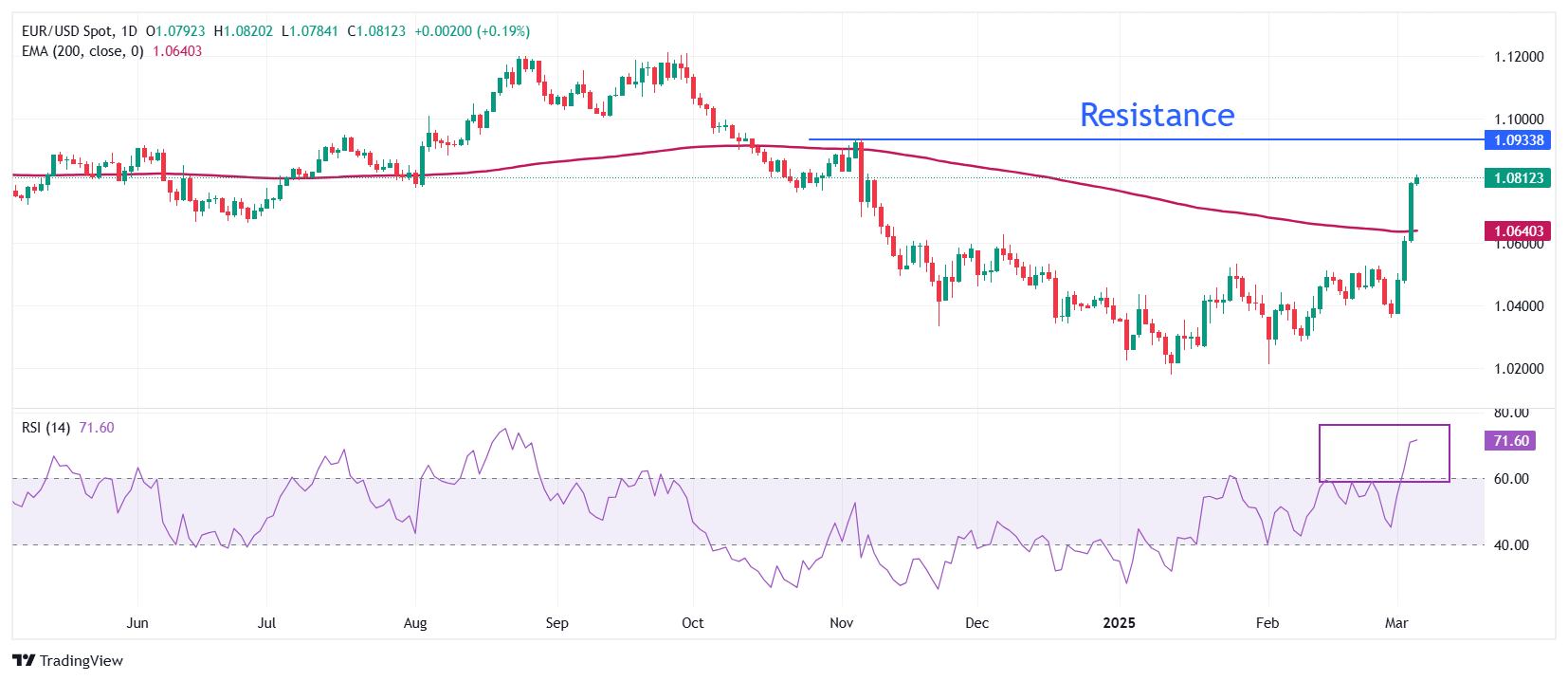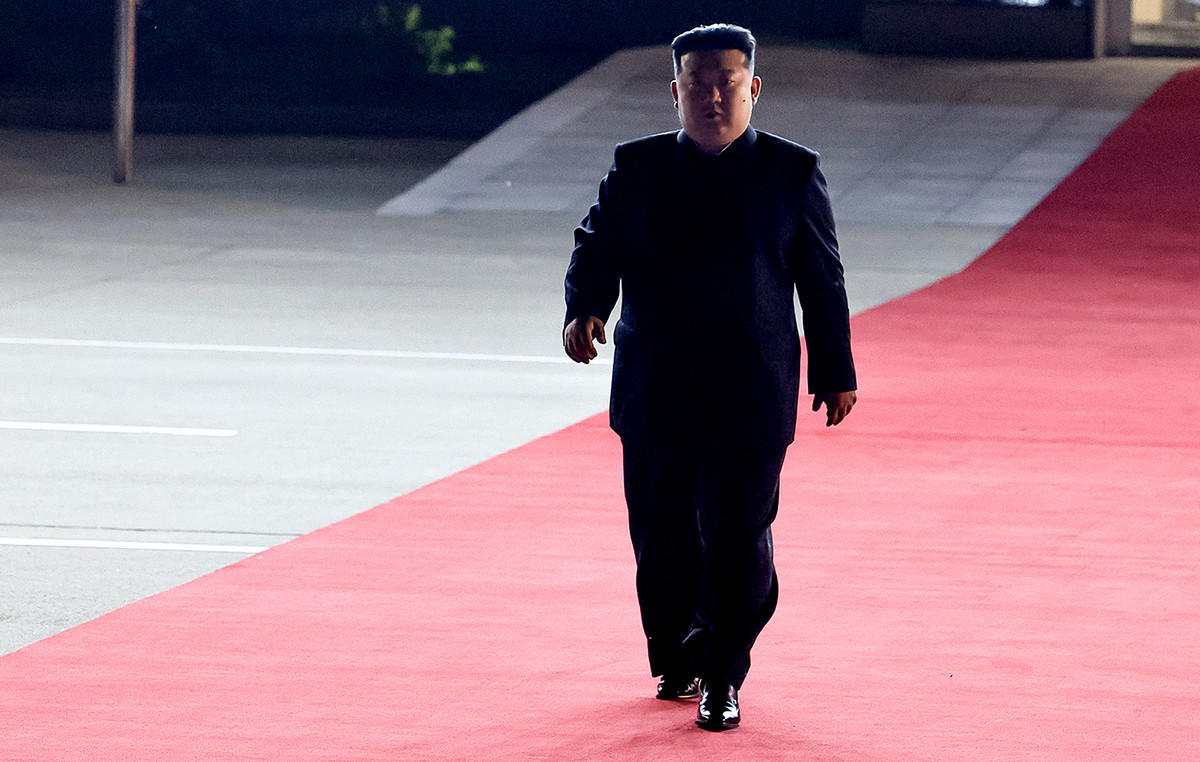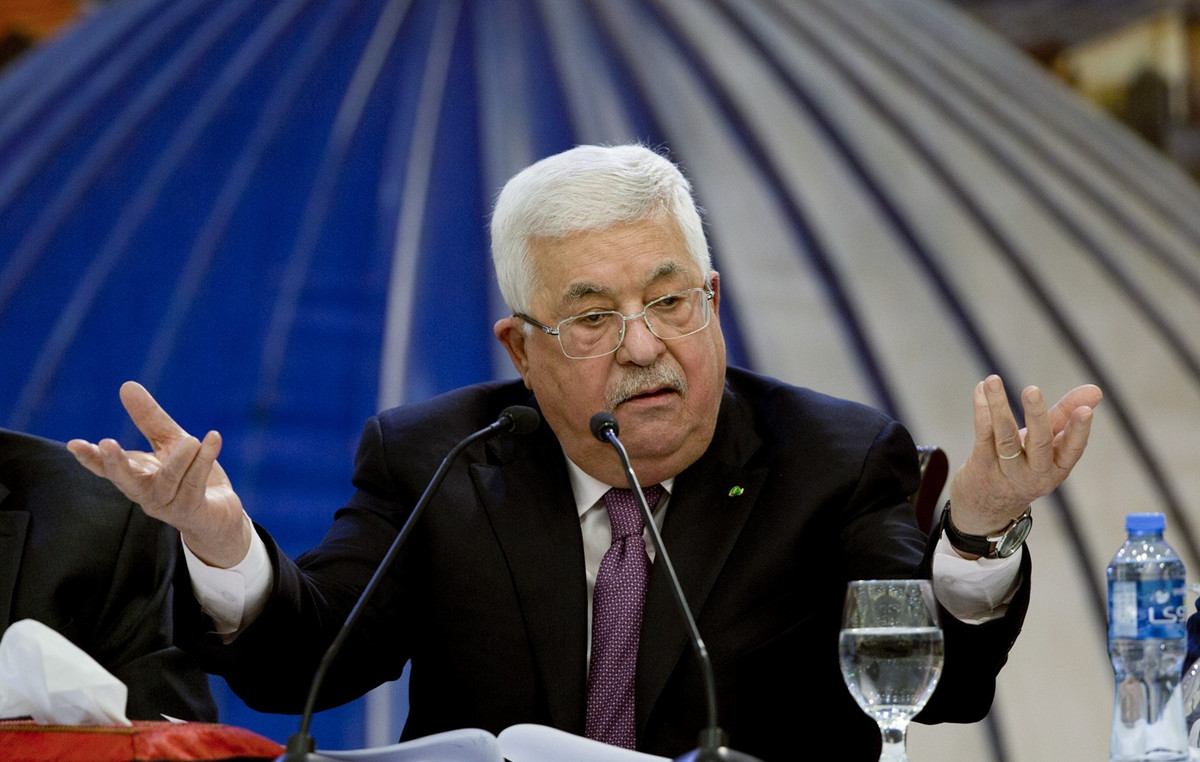- The EUR/USD remains firm about 1,0800 before the ECB interest rates decision at 13:15 GMT.
- It is almost aware that the ECB cuts its deposit fee rate at 25 pbs to 2.5%.
- The president of the USA, Donald Trump, provides a month of relaxation of tariffs on cars of Canada and Mexico.
The EUR/USD demonstrates strength around 1,0800 in the European session on Thursday, before the monetary policy of the European Central Bank (ECB), which will be announced at 13:15 GMT.
It is widely anticipated that the ECB reduces its deposit rate in 25 basic points (PBS) for the fifth time, taking it to 2.5%. The main refinancing operations rate is also expected to cut in 25 PBS to 2.65%. Therefore, investors will pay close attention to the Monetary Policy Declaration and the press conference of the BCE President Christine Lagarde, after the decision on interest rates to obtain new clues about monetary policy and inflation perspectives.
Recently, operators have reduced bets that support the ECB to cut interest rates twice before summer, since the probable next chancellor of Germany, Frederich Merz, and the Social Democratic Party (SPD) agreed to create an infrastructure fund of 500 billion euros (EUR) and expand the indebtedness limit on Tuesday. Investors expect such reforms to increase inflation and stimulate economic growth in the German economy, the Eurozone locomotive.
Market participants will focus on Christine Lagarde’s comments on the consequences of the possible tariffs of the United States (USA). Experts believe that Trump’s tariffs could affect the economic perspectives of the shared continent, which are already fractured due to the weak demand of national and foreign markets.
Investors are insecure about the degree of tariffs that US president will propose, Donald Trump, about the products made in the eurozone. Germany is an important car exporter to the USA. Until now, Trump has threatened to impose 25% tariffs on foreign cars and introduce reciprocal tariffs soon. Investors seek to know if the US will impose tariffs of 10% or 25% on German cars.
What moves the market today: the EUR/USD wins while the US dollar weakens for commercial tensions
- The pure strength in the EUR/USD is also driven by the significant weakness of the US dollar (USD). The US dollar index (DXY), which tracks the value of the dollar against six main currencies, extends its loss run for the fourth day of negotiation and slides about 104.00, the lowest level seen in four months.
- Investors expect the commercial war led by US President Trump not to be as disruptive as previously anticipated, resulting in a decrease in the US dollar risk premium.
- On Wednesday, the comments of the White House Secretary, Karoline Leavitt, indicated that Donald Trump is allowing an exemption from one month of 25% tariffs on cars from Mexico and Canada, which imposed on Tuesday. In addition, Trump is considering providing an exemption for some agricultural products.
- After Trump’s relaxation on the cars of Canada and Mexico, meanwhile, the weak private employment data in the US have also contributed to the weakness of the US dollar. The ADP reported Wednesday that the US private sector added 77,000 new workers, below the estimates of 140,000 and the previous publication of 186,000. The soft labor demand in the US private sector is expected to boost moderate bets on the Fed, which have already increased lately. According to the CME Fedwatch tool, the probability that the Fed cuts interest rates at the June meeting has increased to 76% from 70% a week ago.
- To obtain more clues about the current state of employment, investors will focus on the US non -agricultural payroll data (NFP) for February, which will be published on Friday.
Technical analysis: EUR/USD rises about 1,0800
The EUR/USD shoots about 1,0800 after a decisive breakdown above the maximum of December 6, 1,0630 on Wednesday. The long -term perspective of the main currency pair is strengthened as it remains above the 200 -day exponential (EMA) mobile average, which is negotiated around 1,0640.
The 14 -day relative force index (RSI) jumps above 60.00, indicating a strong bullish impulse.
Looking down, the maximum of January 27, 1,0533 will act as the main support zone for the torque. On the contrary, the maximum of November 6, 1,0937 will be the key barrier to the euros of the euro.
Euro Faqs
The euro is the currency of the 19 countries of the European Union that belong to the Eurozone. It is the second most negotiated currency in the world, behind the US dollar. In 2022, it represented 31 % of all foreign exchange transactions, with an average daily business volume of more than 2.2 billion dollars a day. The EUR/USD is the most negotiated currency pair in the world, with an estimate of 30 %of all transactions, followed by the EUR/JPY (4 %), the EUR/GBP (3 %) and the EUR/AU (2 %).
The European Central Bank (ECB), based in Frankfurt (Germany), is the Eurozone reserve bank. The ECB establishes interest rates and manages monetary policy. The main mandate of the ECB is to maintain price stability, which means controlling inflation or stimulating growth. Its main tool is the rise or decrease in interest rates. Relatively high interest rates (or the expectation of higher types) usually benefit the euro and vice versa. The GOVERNMENT BOOK of the ECB makes decisions about monetary policy in meetings that are held eight times a year. The decisions are made by the directors of the National Banks of the Eurozone and six permanent members, including the president of the ECB, Christine Lagarde.
Eurozone inflation data, measured by the harmonized consumer prices index (IPCA), are an important economic indicator for the euro. If inflation increases more than expected, especially if it exceeds 2% of the ECB, it forces the ECB to rise interest rates to control it again. Relatively high interest rates compared to their counterparts usually benefit the euro, since they make the region more attractive as a place for global investors to deposit their money.
Published data measure the health of the economy and can have an impact on the euro. Indicators such as GDP, manufacturing and services PMIs, employment and consumer trust surveys can influence the direction of the single currency. A strong economy is good for the euro. Not only attracts more foreign investment, but it can encourage the ECB to raise interest rates, which will directly strengthen the euro. Otherwise, if economic data is weak, the euro is likely to fall. The economic data of the four largest economies in the euro zone (Germany, France, Italy and Spain) are especially significant, since they represent 75% of the economy of the euro area.
Another important fact that is published on the euro is the commercial balance. This indicator measures the difference between what a country earns with its exports and what you spend on imports during a given period. If a country produces highly demanded export products, its currency will gain value simply by the additional demand created by foreign buyers seeking to buy those goods. Therefore, a positive net trade balance strengthens a currency and vice versa in the case of a negative balance
Source: Fx Street
I am Joshua Winder, a senior-level journalist and editor at World Stock Market. I specialize in covering news related to the stock market and economic trends. With more than 8 years of experience in this field, I have become an expert in financial reporting.








